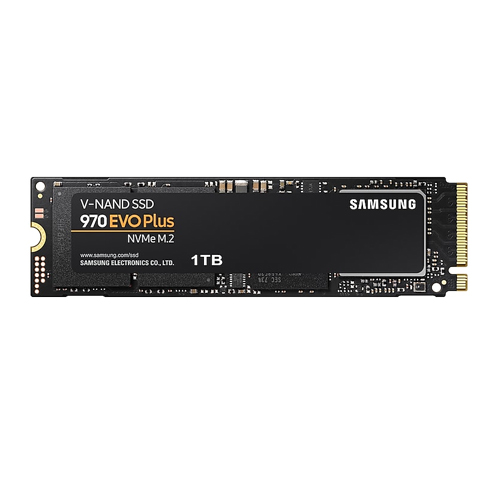I have a 6 year old PC and want to try out an M2 drive as stated above. Have no plans to upgrade anytime soon so not sure if its worth it buying a Gen 4 drive now in anticipation of a future PC. If the price difference is trivial then its fine otherwise no.
Undecided on whether I will go for a 500GB or 1TB drive. Budget is 5K for a 500GB & 8K for 1TB . Can be extended in both cases if required though I'm hoping that wont be necessary as I dont want the absolute "bestest" drive but rather a good VFM drive.
My requirements are -
Thanks in advance...
Undecided on whether I will go for a 500GB or 1TB drive. Budget is 5K for a 500GB & 8K for 1TB . Can be extended in both cases if required though I'm hoping that wont be necessary as I dont want the absolute "bestest" drive but rather a good VFM drive.
My requirements are -
- Must have DRAM Cache.
- Should have a TBW rating (300/600 for 500GB/1TB) or higher
- A 5 year warranty
- Prefer brands like Samsung & Crucial but am open to other options as well.
- Looking for a brand new drive only
- Would prefer to buy it off Amazon.
Thanks in advance...



